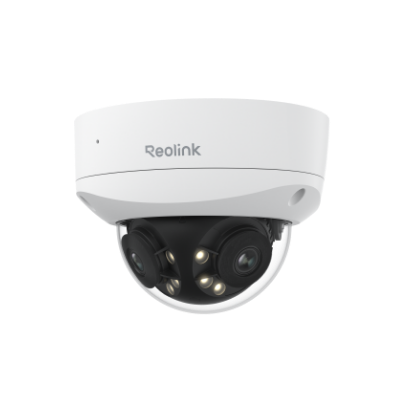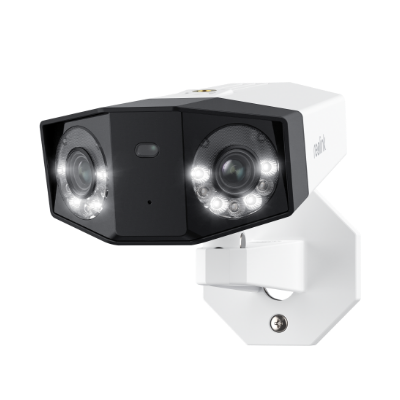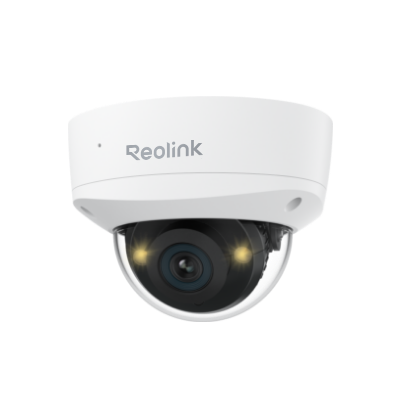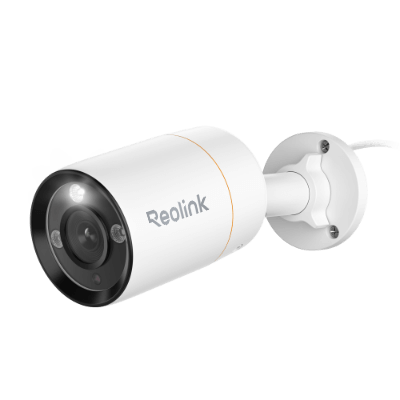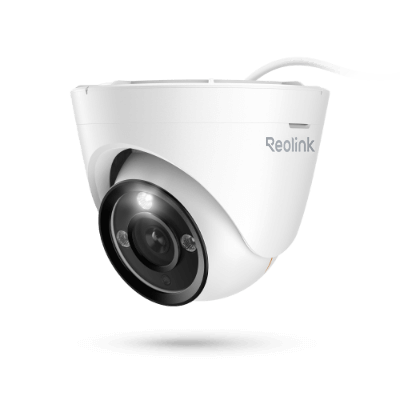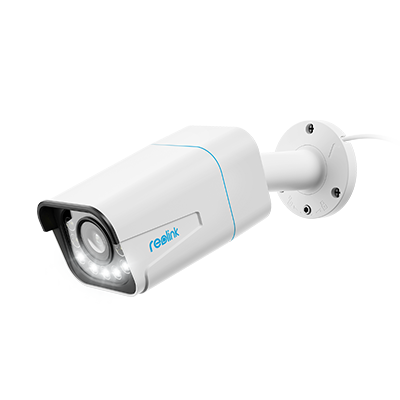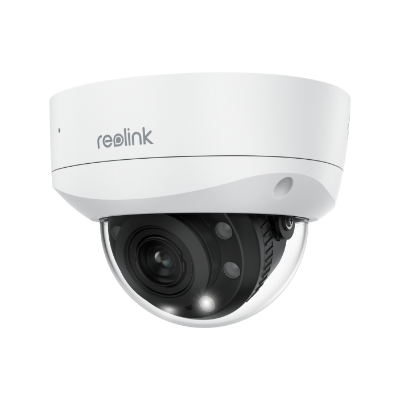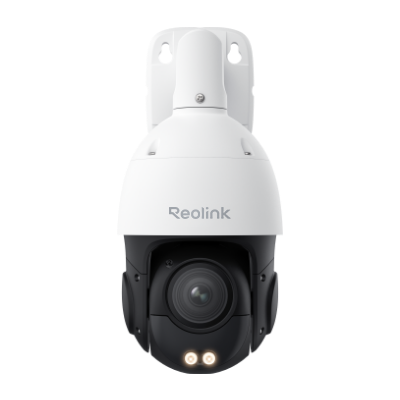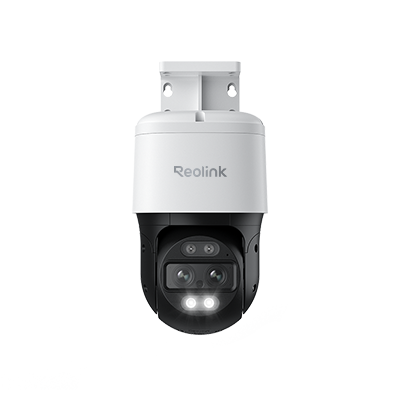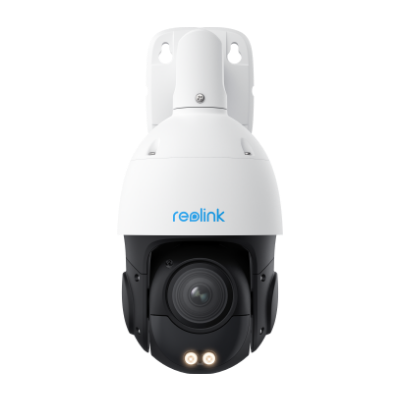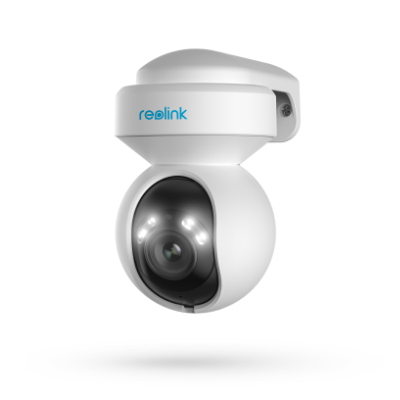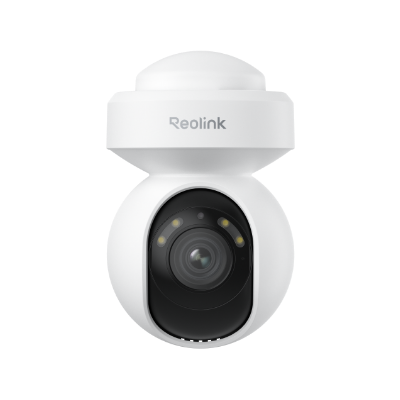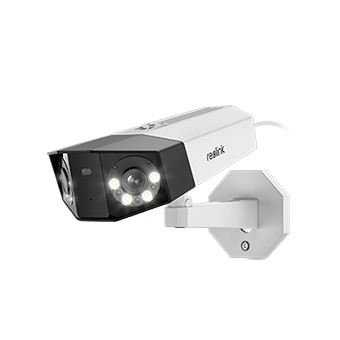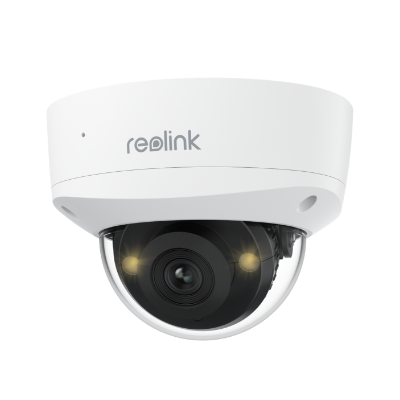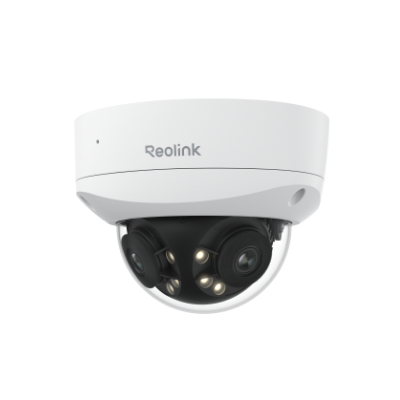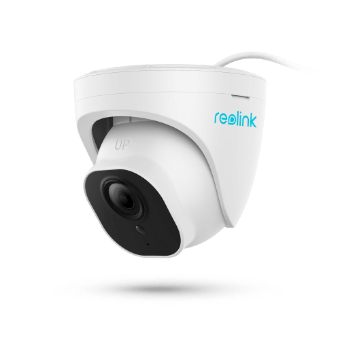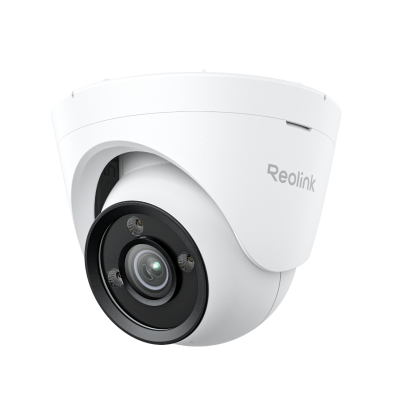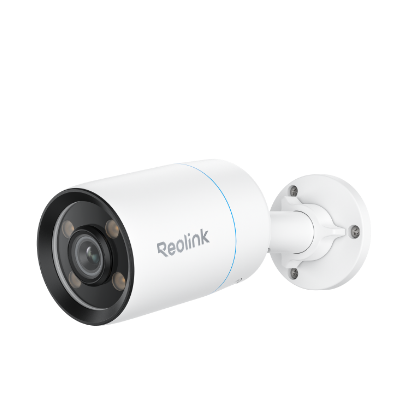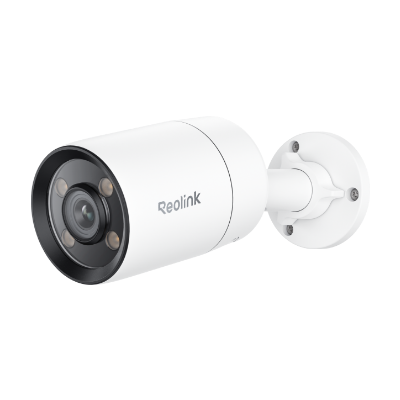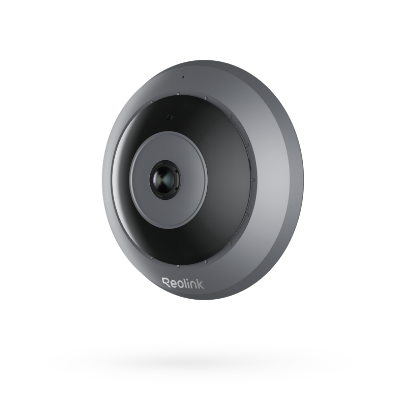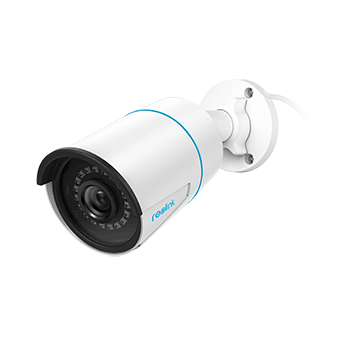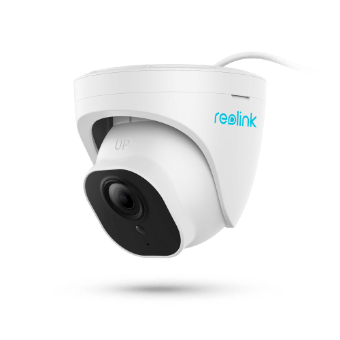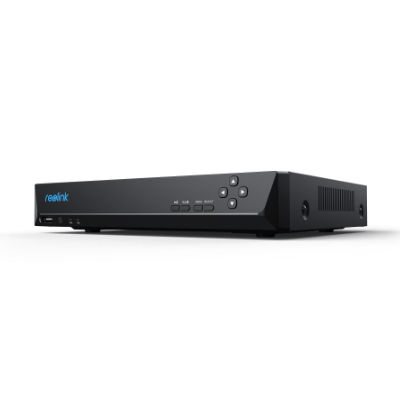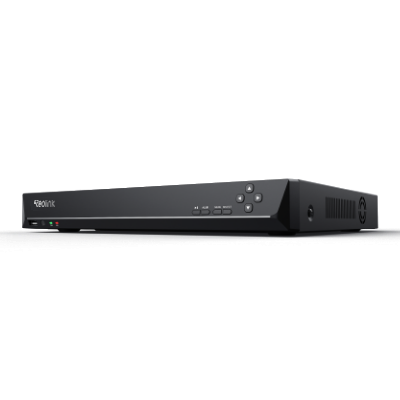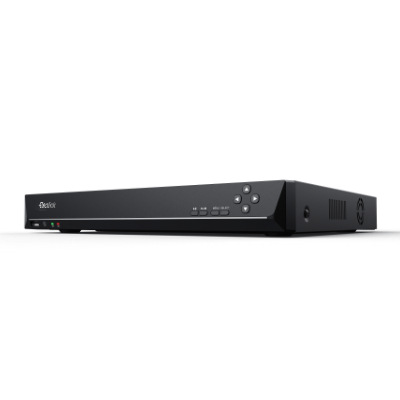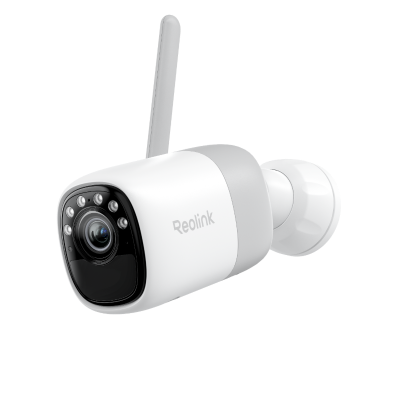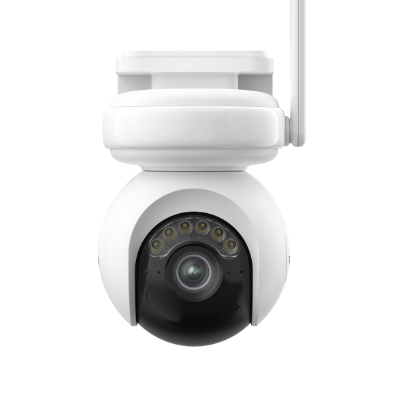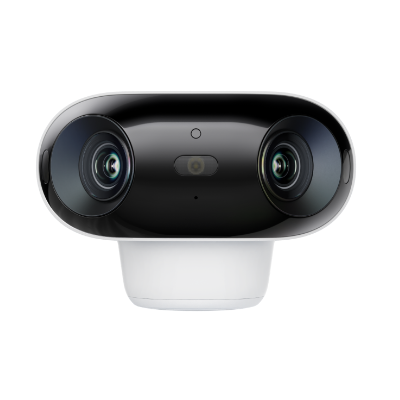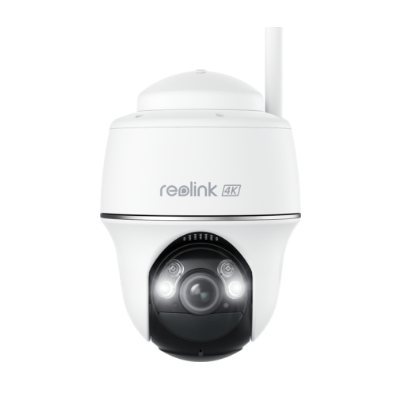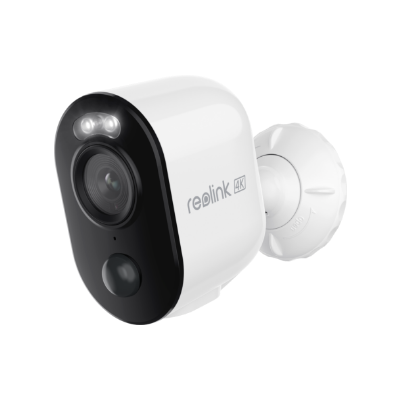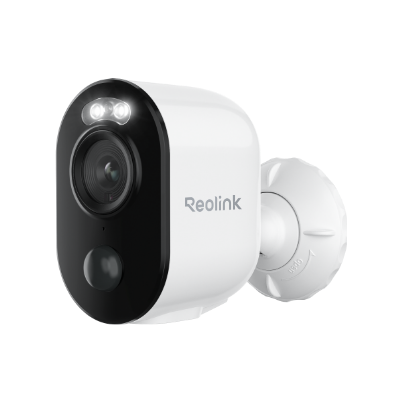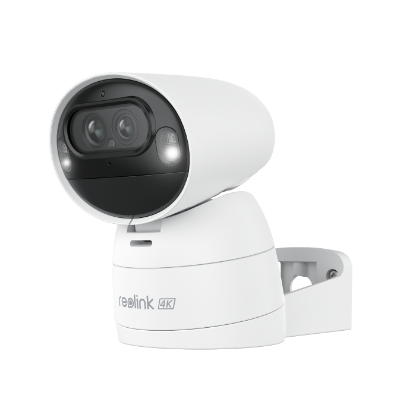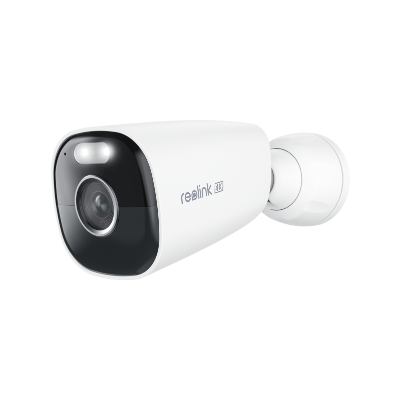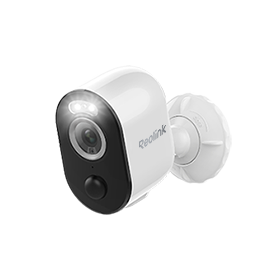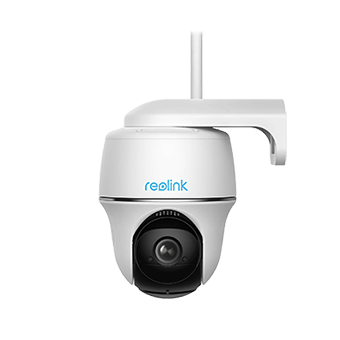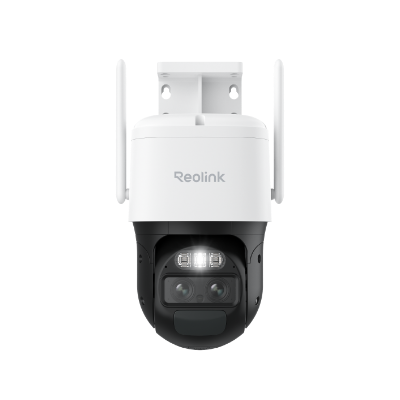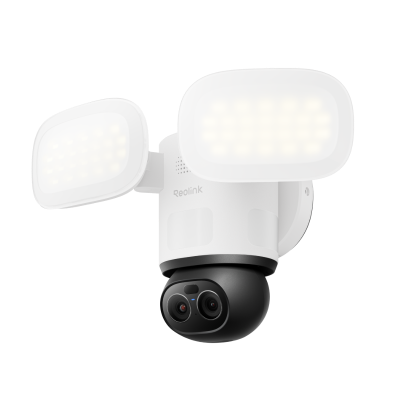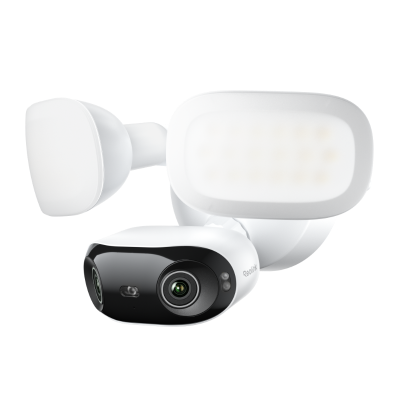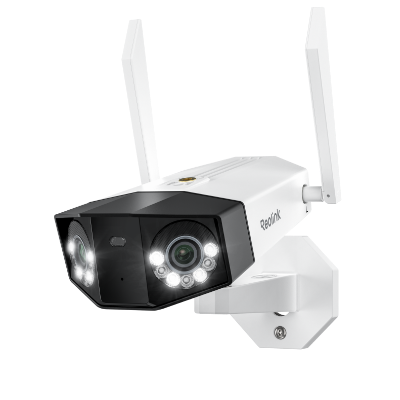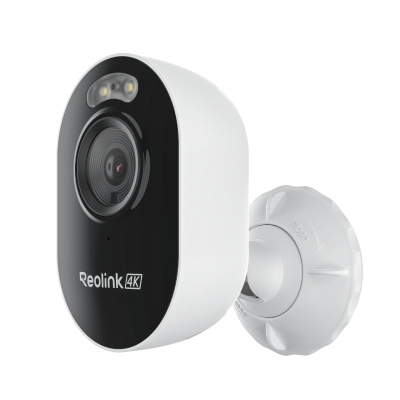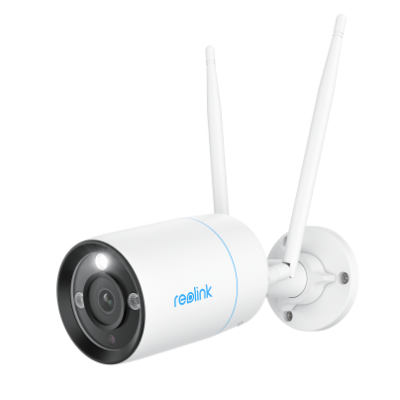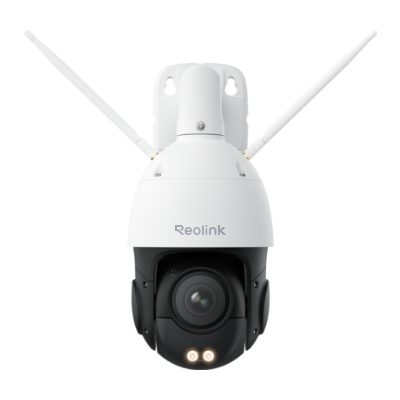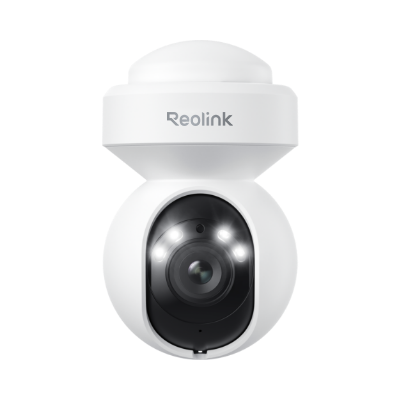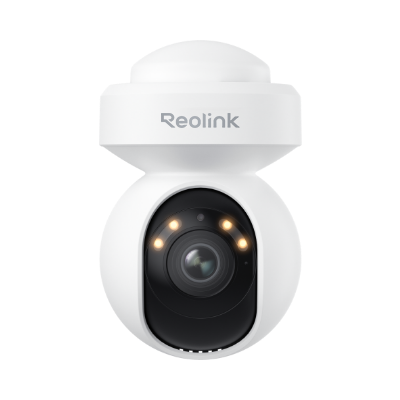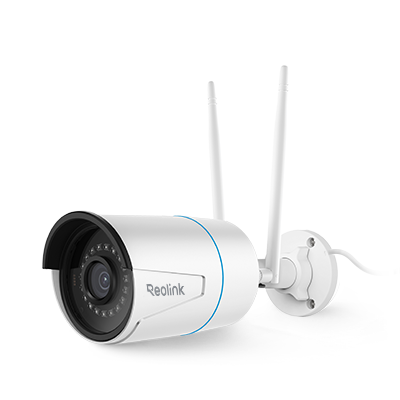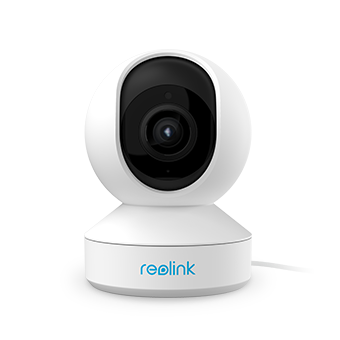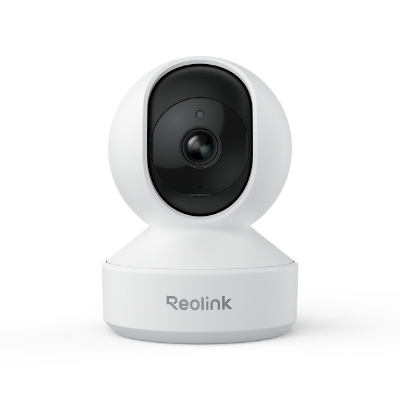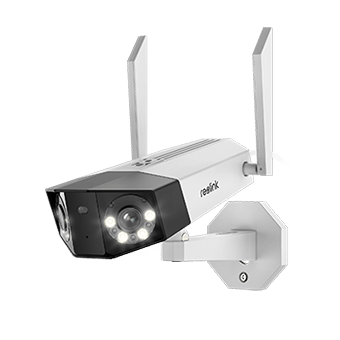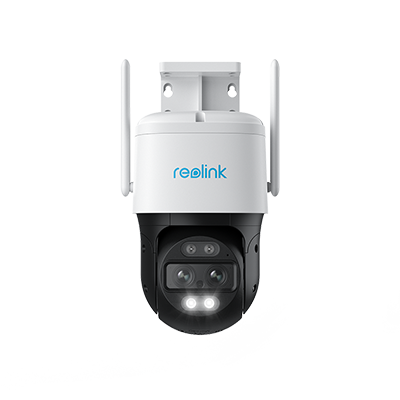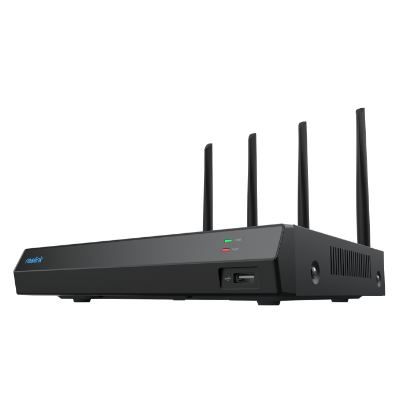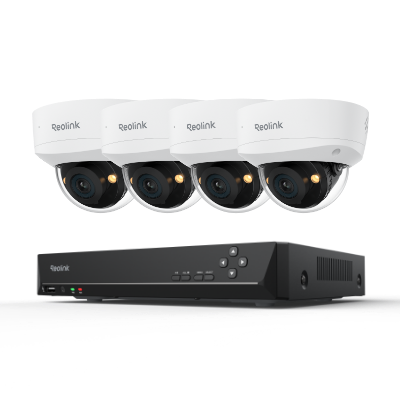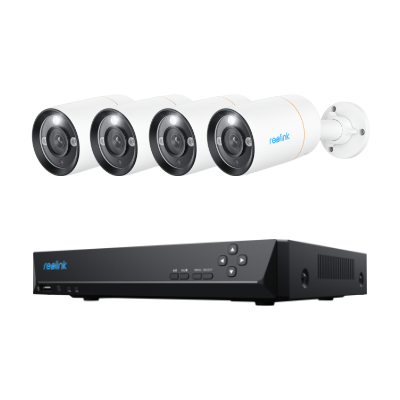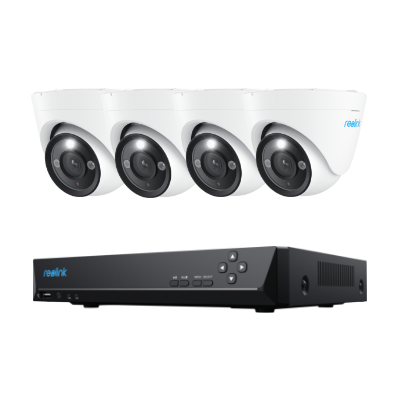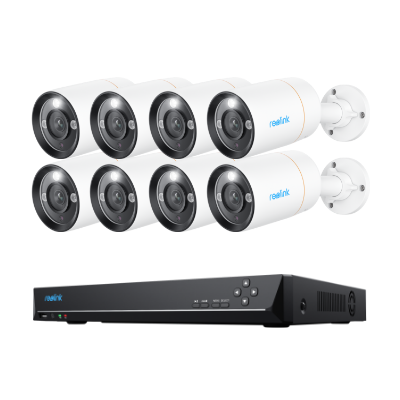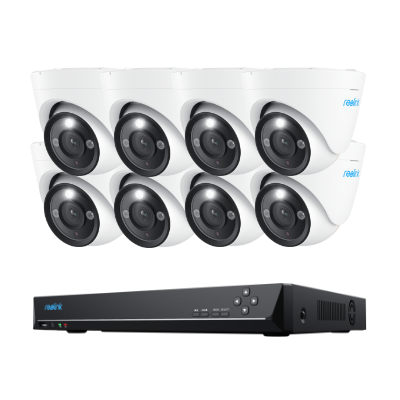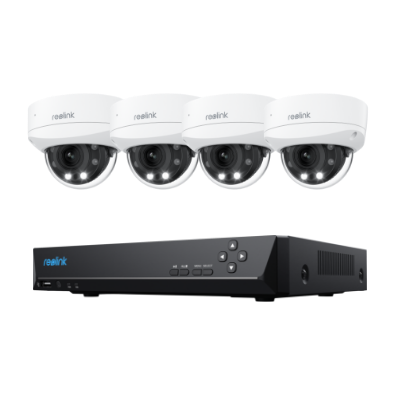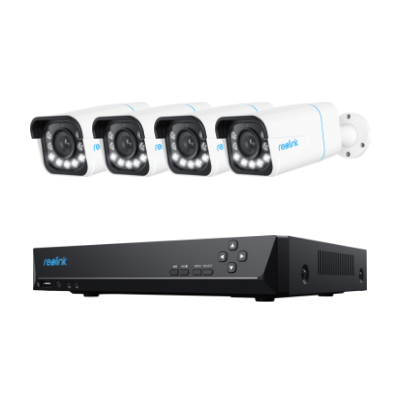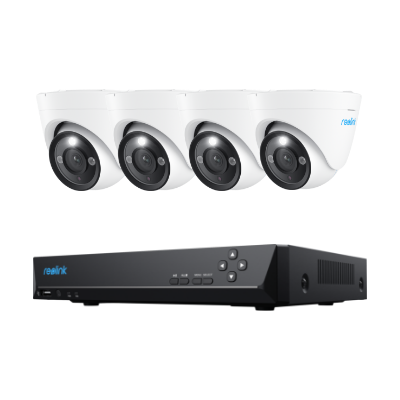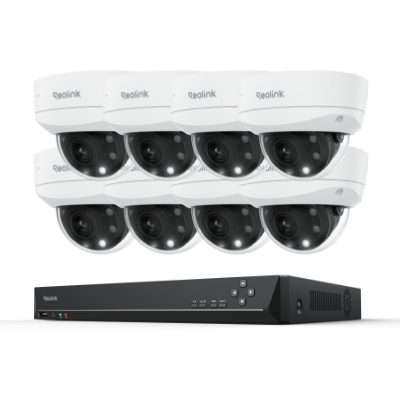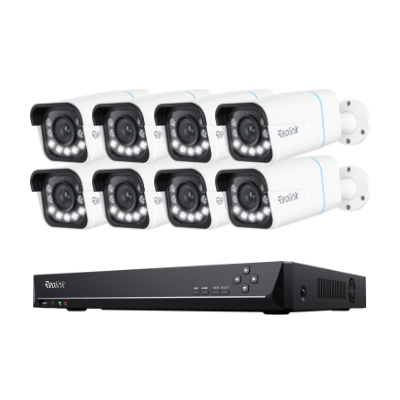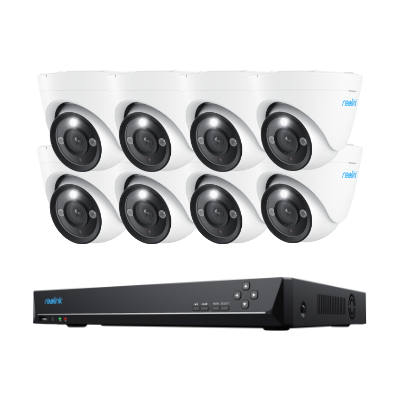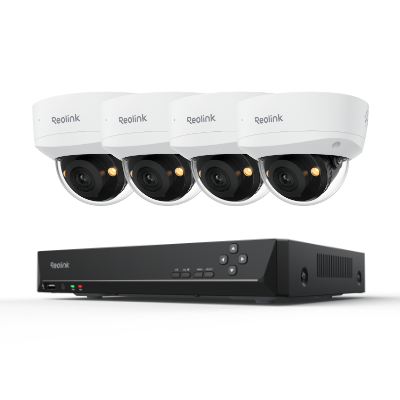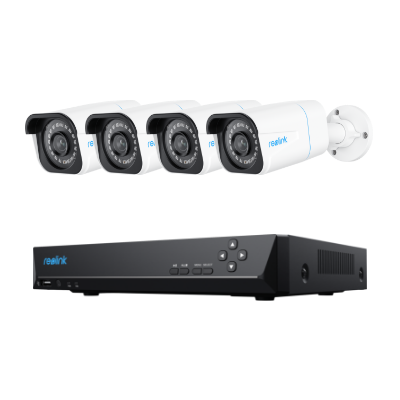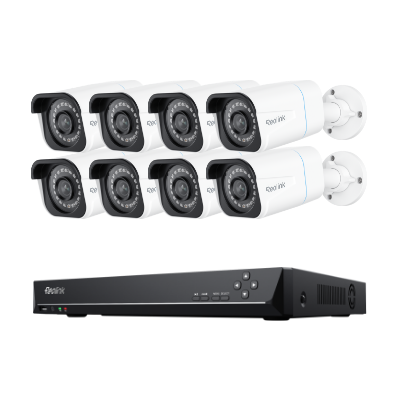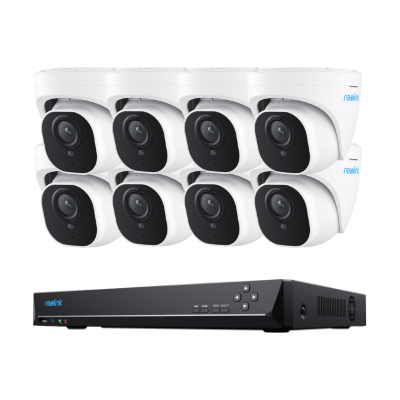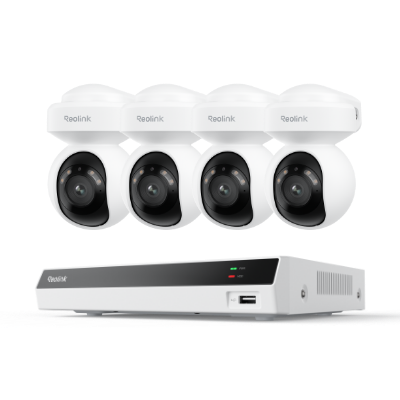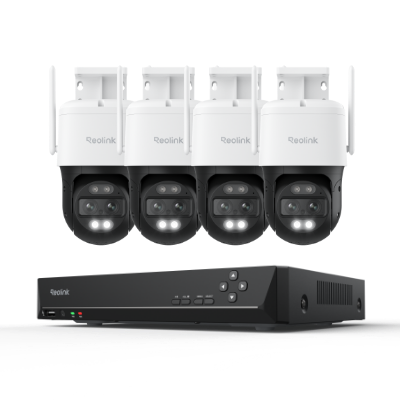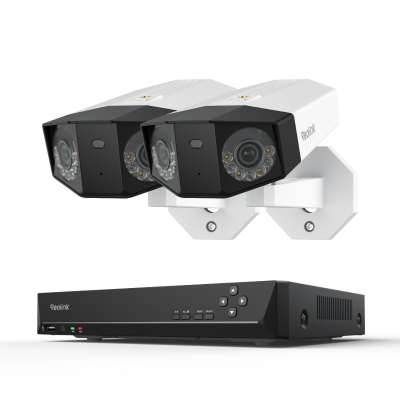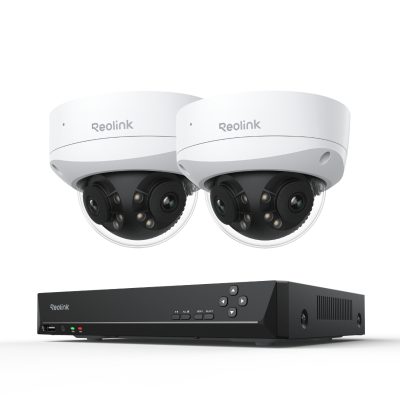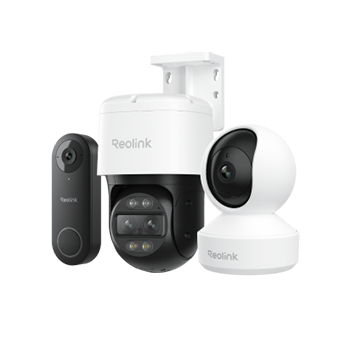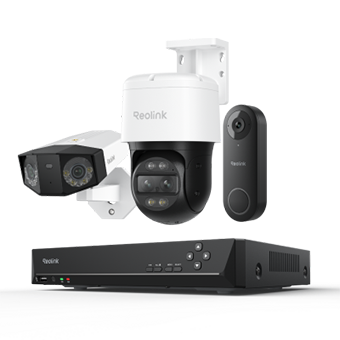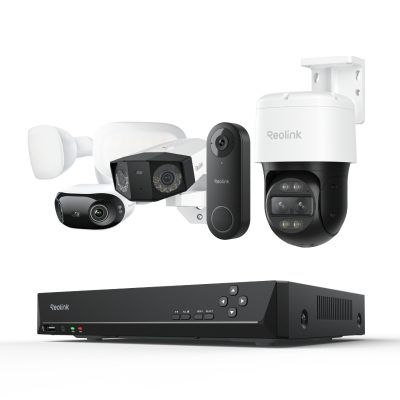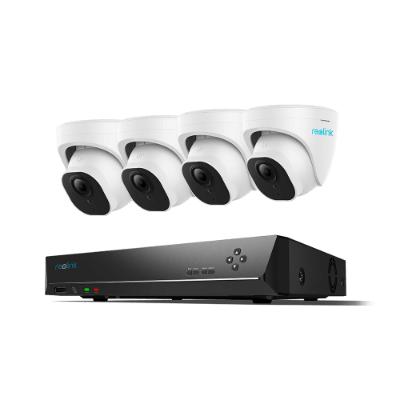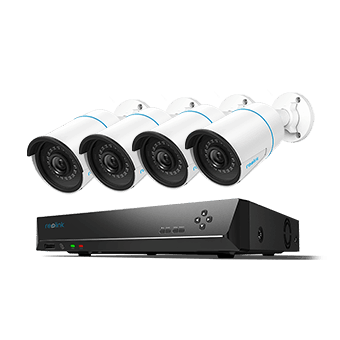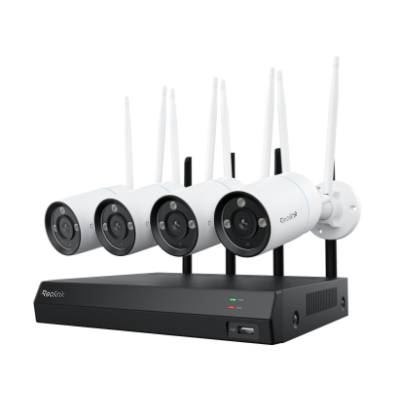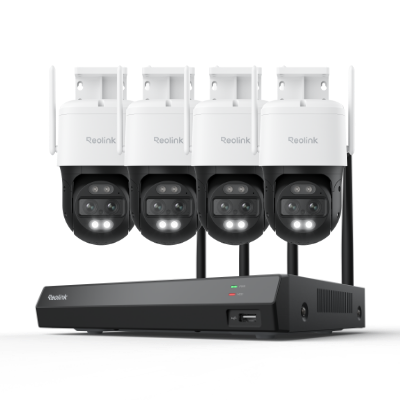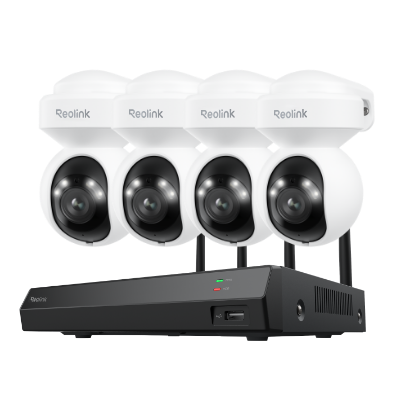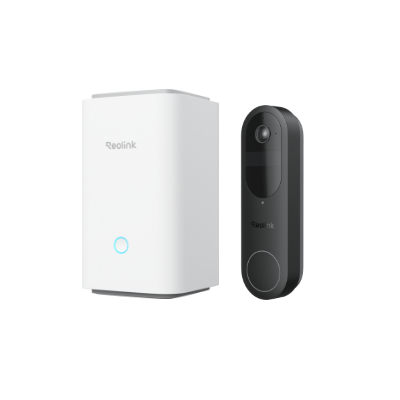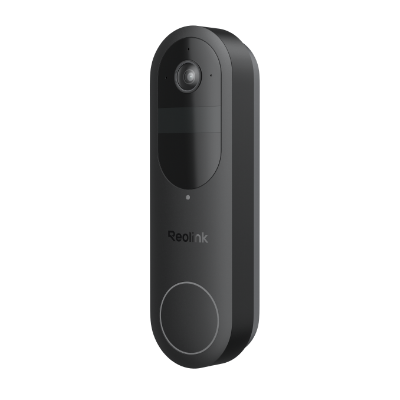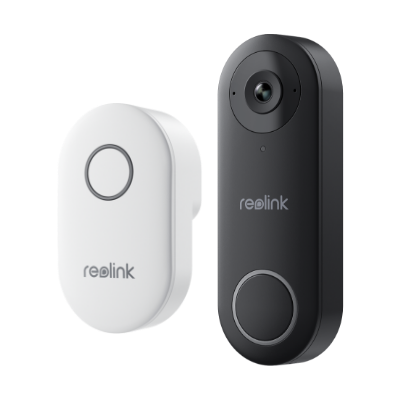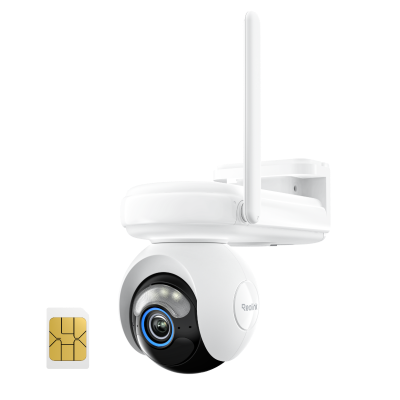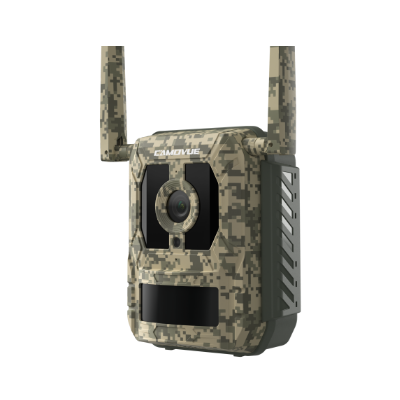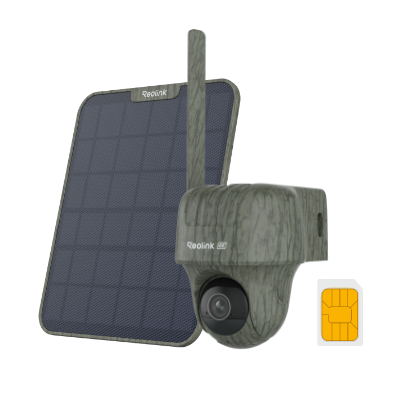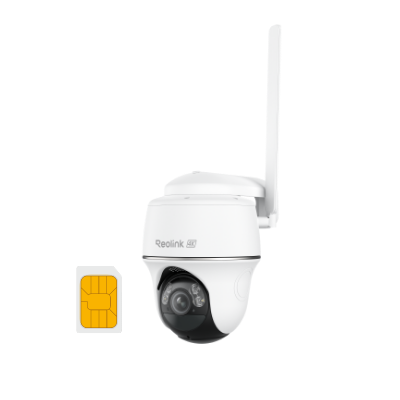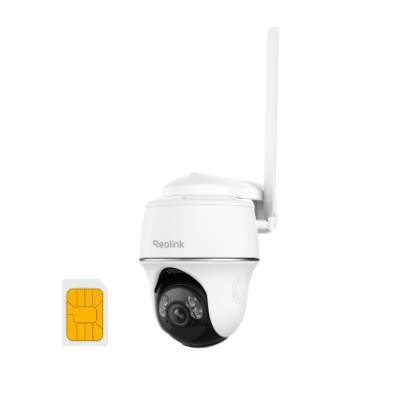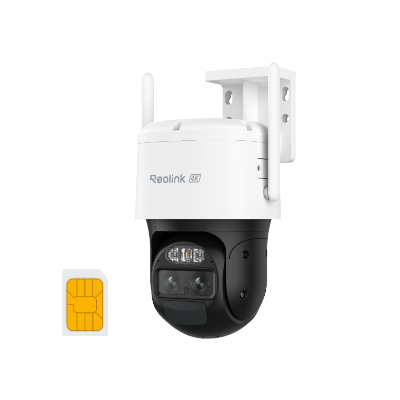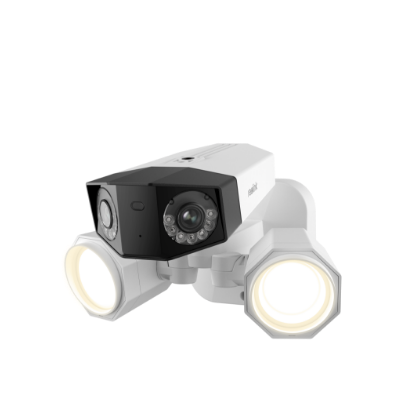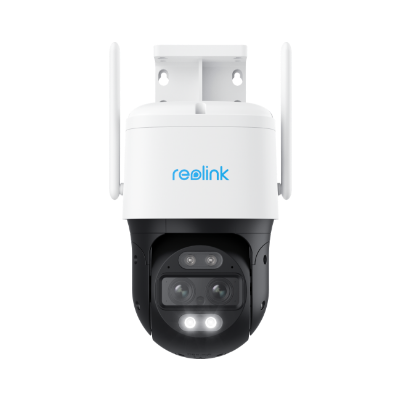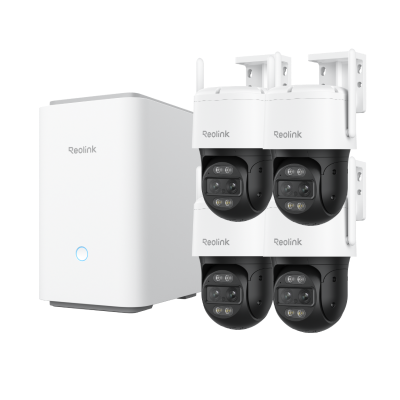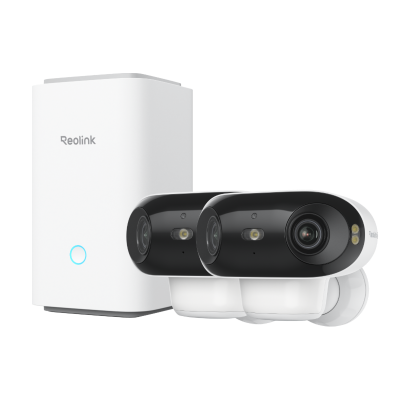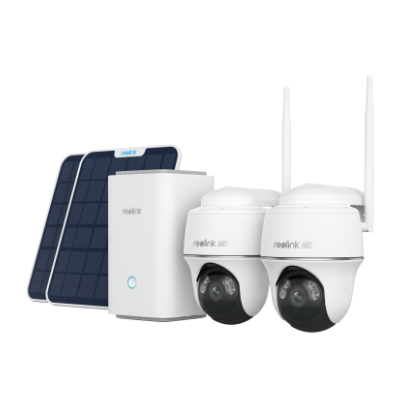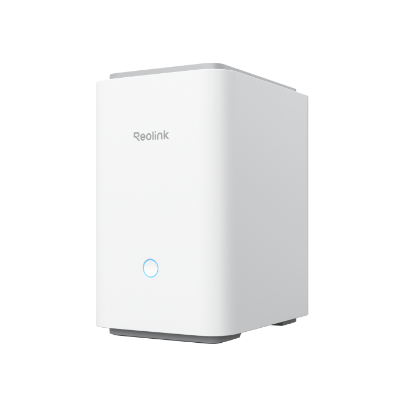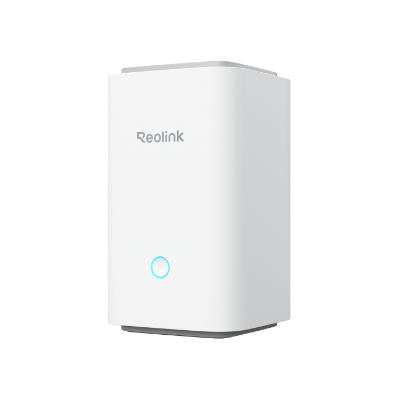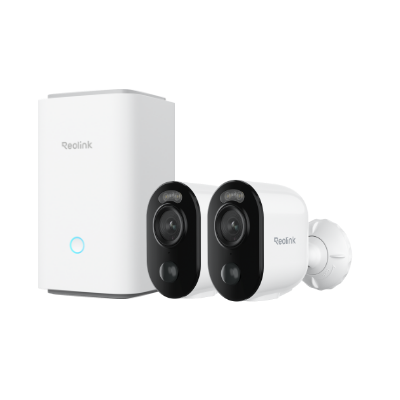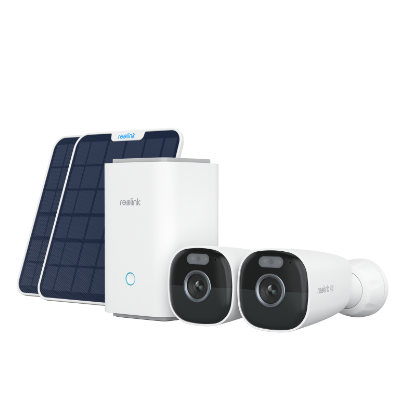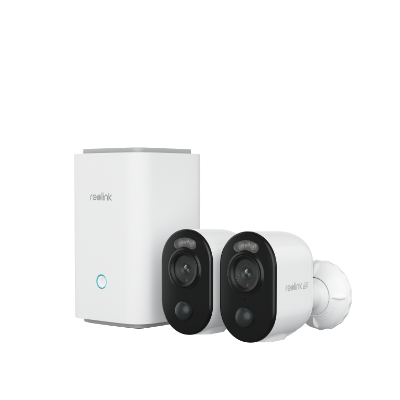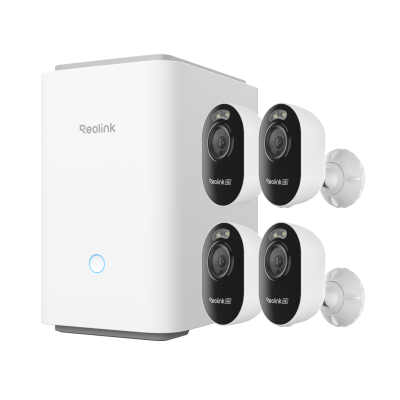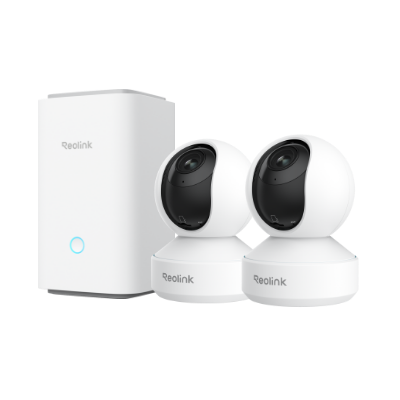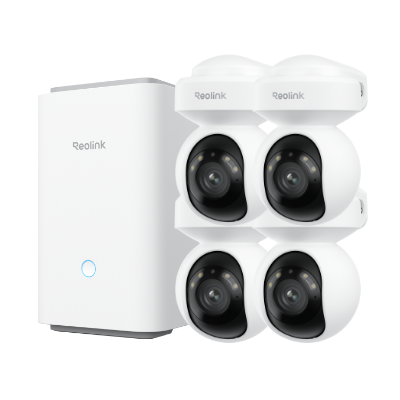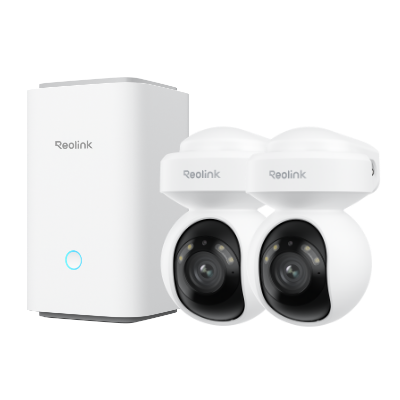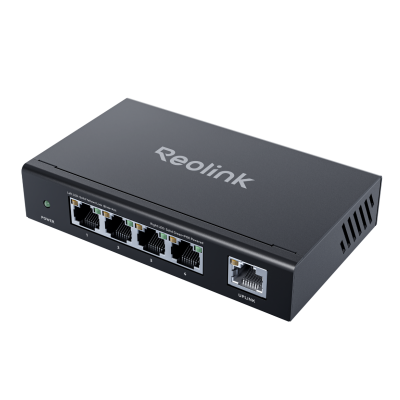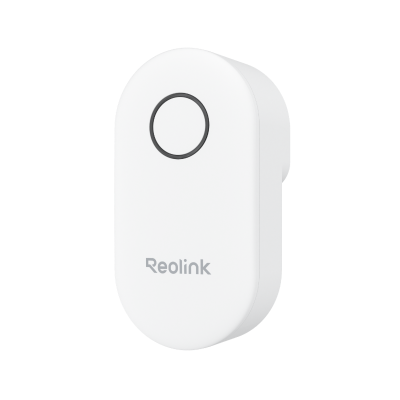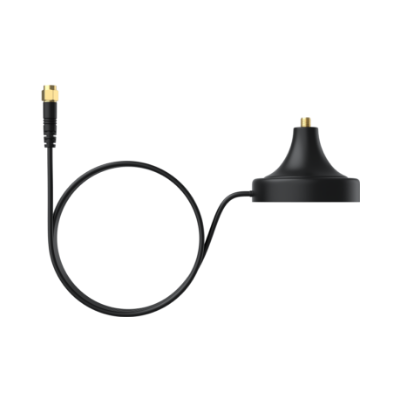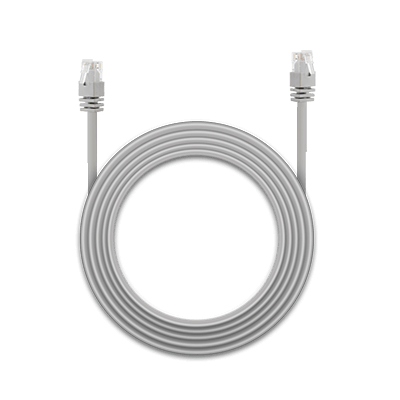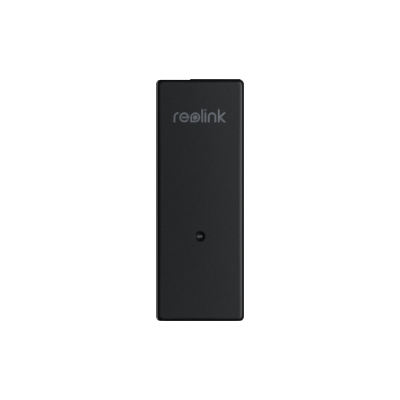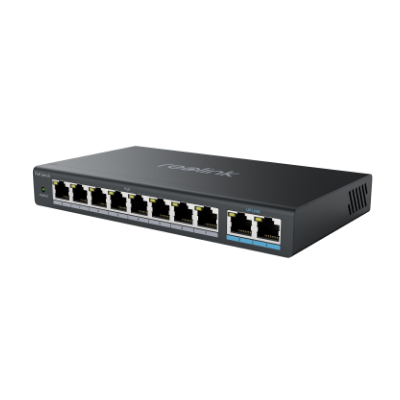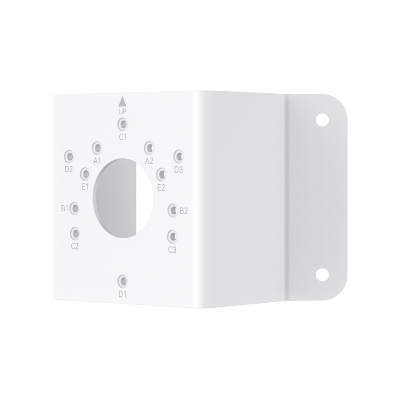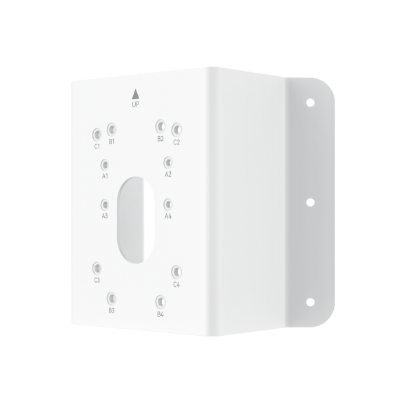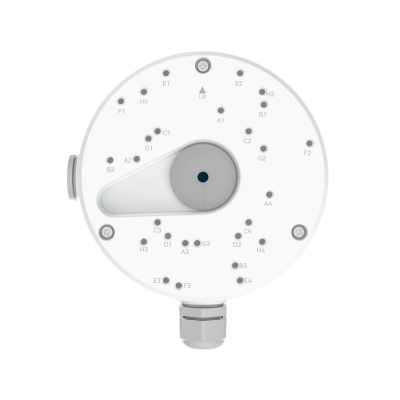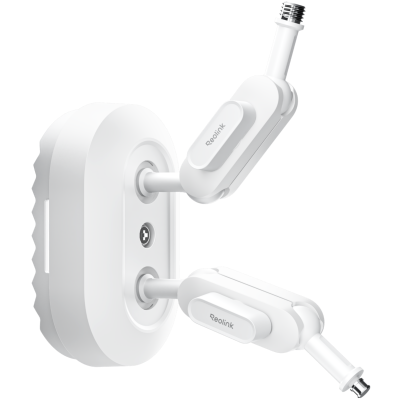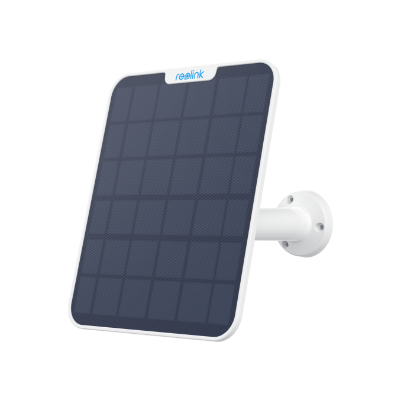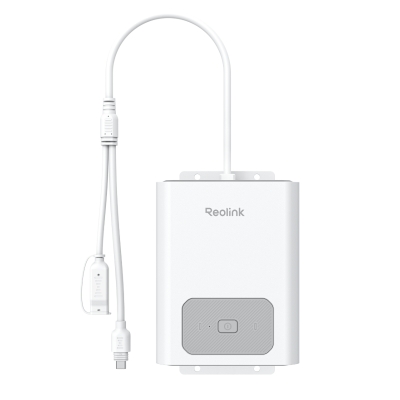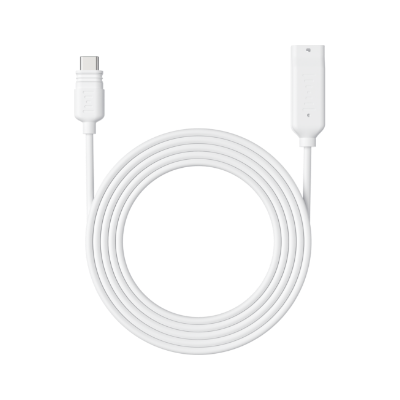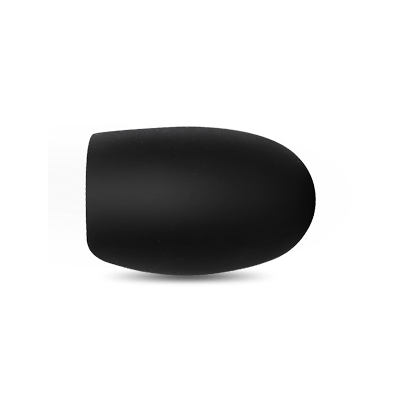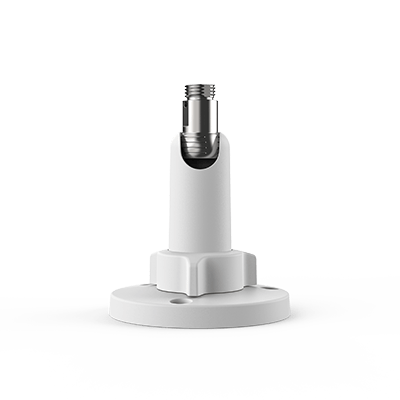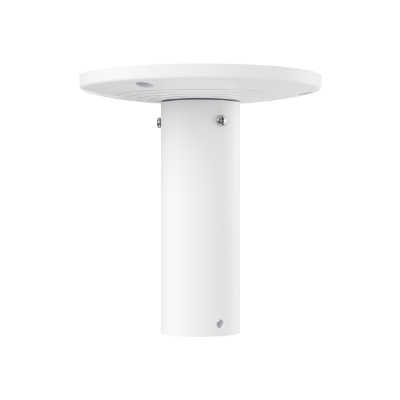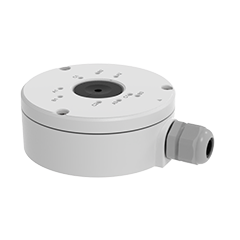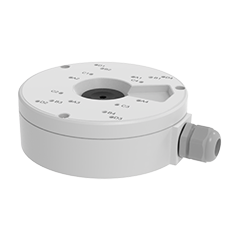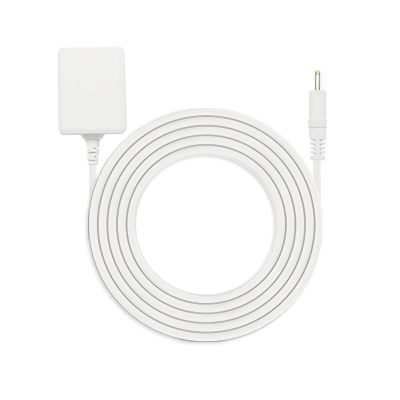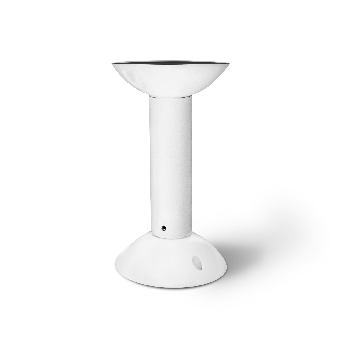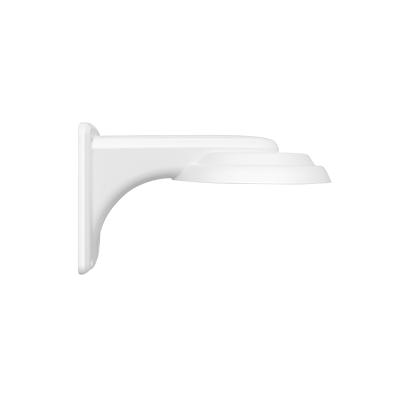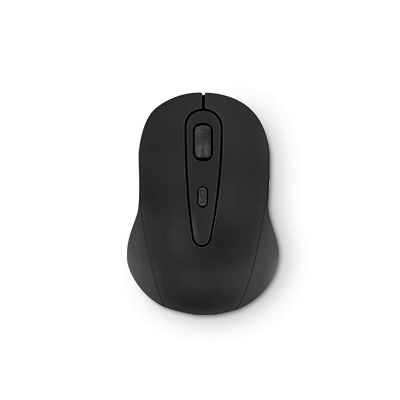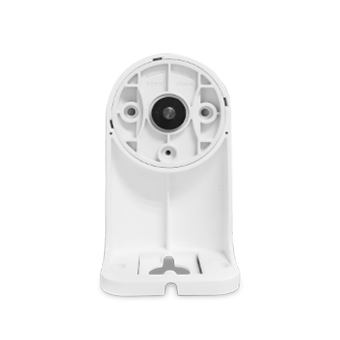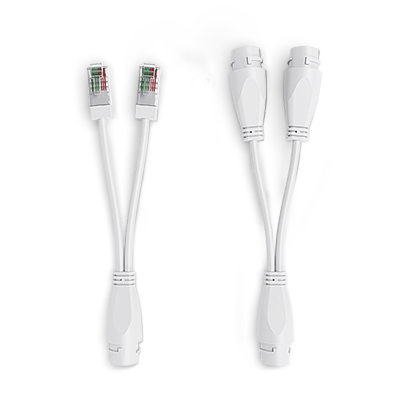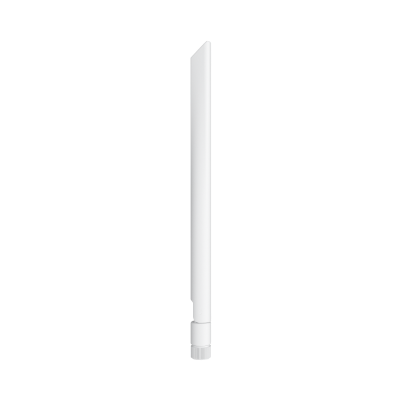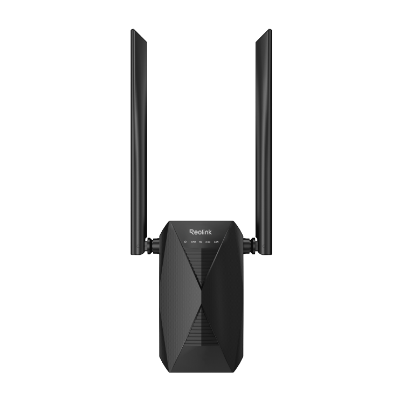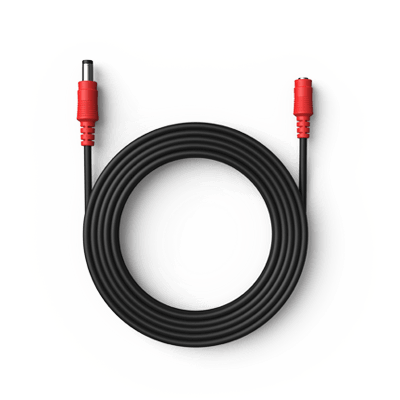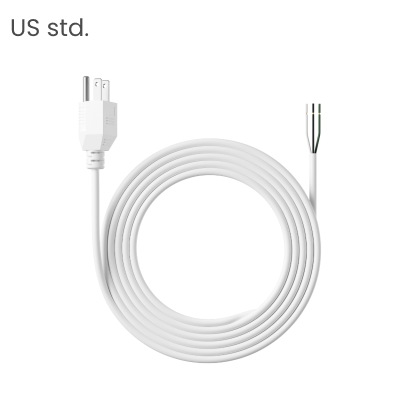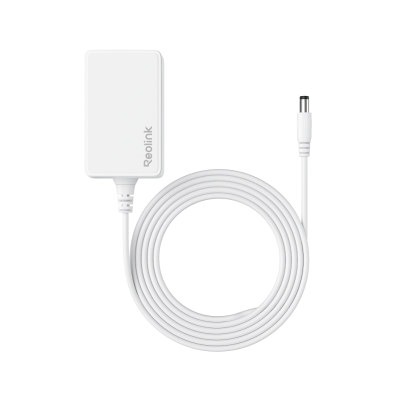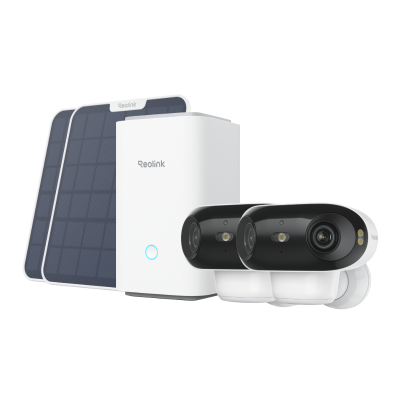What Devices Should Be on 2.4GHz and 5GHz? A Complete Guide

It creates confusion to determine what devices should be on 2.4GHz and 5GHz connections. Multiple devices function clearly on both frequencies, yet certain devices display peak performance with one specific frequency.
The following guide explains the core distinctions between 2.4GHz and 5GHz WiFi networks while explaining a methodology to determine which devices should connect to these different frequencies.
Understanding 2.4GHz and 5GHz WiFi
Before deciding on device selection, it is essential to grasp the core differences between 2.4GHz and 5GHz frequency bands.
What is 2.4GHz WiFi?
The 2.4GHz signals travel longer distances and penetrate through obstacles and walls in their transmission. It makes 2.4GHz better than 5GHz signals. Multiple devices that include Bluetooth and cordless phones and microwaves create numerous interferences on the 2.4GHz frequency band. Speeds reach their highest point only when the environment lacks too many interference signals.
What is 5GHz WiFi?
The WiFi and internet speeds boosted when 5GHz entered the market in 2009. The reason is that it occupies bandwidth with lighter traffic. The broadcasting reach of high-frequency waves remains restricted since these signals can neither penetrate solid dividers nor cover distances better than 2.4GHz transmissions.
What Devices Should Be on 2.4GHz and 5GHz?
The majority of contemporary Wi-Fi enabled devices support a dual-frequency connection between 2.4GHz and 5GHz frequencies. The following devices represent typical examples of those having dual-band capability:
Laptops and PCs
Dual-band WiFi adapters feature as standard in most recently manufactured laptops, PCs and Mac computers. The device automatically connects to the 5GHz frequency over a 2.4GHz network when they use identical SSID names and detect multiple frequencies.
Smartphones and Tablets
Today's modern smartphones along with tablets that have been sold in the previous five years come with built-in dual-band WiFi functionality. These devices have default settings to select 5GHz networks whenever signal conditions allow for it. Only specific low-cost smartphones together with some budget tablets utilize a WiFi connection limited to 2.4GHz.
Smart Home Devices
Smart home devices such as smart speakers and displays and security cameras and light bulbs with switches have both 2.4GHz and 5GHz communication capabilities. Small antenna dimensions in smart home devices prevent them from maintaining a reliable 5GHz signal connection, so they automatically choose 2.4GHz networks except when located near the router.
Game Consoles
PlayStation, Xbox, and Nintendo Switch consoles integrate dual-band WiFi because of their internet connectivity. The game consoles that feature dual 2.4/5GHz capability benefit most from using 2.4GHz since the WiFi chipsets excel at establishing low-latency connections.
Reolink Security Cameras
The WiFi security cameras and systems manufactured by Reolink possess the capability to detect both the 2.4GHz and 5GHz network signals. The only exception exists with several older budget models using 2.4GHz capability. Reolink advises reliability-wise that clients should use 2.4GHz WiFi connections for cameras. A more powerful WiFi signal ensures cameras deliver uninterrupted live streams and playback without interruptions.
4K UHD Wi-Fi 6 Security System with 180° Blindspot-Free View
ColorX Night Vision, 1 Year of Local Storage, Exclusive Anti-Theft Algorithms, 180° Blindspot-Free Coverage, Expandable System Up to 8 Reolink Cams.
What Devices Should Be on 2.4GHz WiFi?
Technical devices having dual-band capability tend to select 5GHz networks provided they are available, though particular equipment performs better by using the 2.4GHz WiFi network.
Smart Home Devices with Weak Antennas
Several smart home devices come with small, low-power antennas that cannot maintain reliable 5GHz connections. Amazon Echo together with Google Home devices as well and smaller smart speakers form part of these devices. Detectors such as sensors and basic security cameras, together with smart plugs and light switches, function optimally through 2.4GHz WiFi coverage.
IoT Devices
Battery-conscious IoT devices come with 2.4GHz as their exclusive wireless networking option. The list of products includes fitness trackers, smartwatches along with wireless earbuds/headphones, along small battery-powered devices such as remote controls, game controllers, and similar items. These devices make use of the minimal WiFi energy protocol available through 2.4GHz.
Older Laptops and PCs
Older Windows PCs and Macbooks with single-band WiFi adapters support connection to 2.4GHz frequencies only since they lack the capability of dual-band networking. The technology imposes a typical age limit between 6-8 years. Extremely old gadgets face two main problems that prevent them from connecting to routers using the 5GHz band: driver compatibility difficulties and insufficient CPU power together with insufficient memory capabilities.
What Devices Should Be on 5GHz?
All WiFi devices required to optimize 5GHz network speeds need the right router location with correct signal distribution for the 5GHz band.
Desktop PCs and Gaming Rigs
The processor speed together with high-end GPU capabilities in desktop PCs optimizes performance when connected to 5GHz networks for video editing and graphic design work and PC gaming needs. The recommended devices for gaming and HD streaming through 5GHz connections utilize PCIe WiFi adapter cards together with USB WiFi dongles which are specifically made for these purposes.
High-End Laptops
High-end premium laptop models select their specifications based on the requirements for video conferencing and multitasking and 4K video editing. The speed benefits of a 5GHz network should be accessible to MacBooks Pro users and Windows Ultrabooks because of better overall performance when compared to 2.4GHz. Advanced WiFi 6 and WiFi 6e adapters from these products achieve maximum speeds exceeding 1600Mbps through 5GHz frequency operations.
AR/VR Headsets
The connection stability and speed of 5GHz WiFi networking is essential for operating advanced video game devices and equipment that supports augmented and virtual reality technologies. AR/VR headset applications depend on 5GHz and WiFi 6 routers to provide high-definition 8K resolution video streaming without causing motion sickness through lag or stutter.
Is 2.4 GHz or 5GHz WiFi Better?
Now the question arises: Is 2.4GHz better than 5GHz? Here are the pros and cons of each frequency band:
2.4GHz WiFi Advantages
- Better range through walls and obstacles
- Better compatibility with older devices
- Lower power consumption for battery-powered devices
2.4GHz WiFi Disadvantages
- Slower maximum speeds due to signal congestion
- More interference from other household devices
5GHz WiFi Advantages
- Faster top speeds with less interference
- Supports new WiFi 6/6e features and speeds
- Best for high bandwidth activities like 4K video and gaming
5GHz WiFi Disadvantages
- Shorter overall range, doesn't penetrate walls as well
- Doesn't work well with some older 2.4GHz-only devices
- Uses more battery power on mobile devices
Which Is Better for My Devices? 2.4 GHz or 5 GHz?
Dual-band routers enable individual device optimization since you can select the best frequency between 2.4GHz and 5GHz based on personal preference.
- When using battery-run mobile devices such as smartphones or tablets or headphones, or wearables, you need to opt for 2.4GHz WiFi to increase their battery operational time. High-end smartphone devices that support AR, VR and mobile gaming operations benefit from 5GHz WiFi speeds yet serve as the only exceptions under such circumstances.
- Small smart home gadgets like smart speakers, lightbulbs, and plugs utilizing weaker antenna systems should connect to 2.4GHz networks as long as they remain close to the router.
- PCs over 5 years old could lack 5GHz compatibility, making 2.4GHz the better legacy device network. New premium PCs, MacBooks, and high-spec gaming rigs take advantage of 5GHz network and WiFi 6 speeds.
- While game consoles and streaming boxes can connect to both bands, 2.4GHz offers lower latency. AR/VR headsets require the bandwidth of 5GHz networks.
FAQs
What should connect to 2.4 GHz or 5GHz?
The 2.4GHz frequency provides the best WiFi performance for smaller battery-operated gadgets and IOT devices and smart home products with weak antennas and older laptops. Newer dual-band PCs as well as premium laptops along with AR/VR headsets and high-end smartphones function best at 5GHz network speeds.
Do devices automatically switch between 2.4 and 5 GHz?
Laptops and phones, and tablets automatically shift between 2.4GHz and 5GHz networks through WiFi whenever these networks have the same SSID network name and security password. The connection will use faster 5GHz speeds if the signal provides sufficient strength.
What devices still use 2.4 GHz WiFi?
2.4GHz WiFi capability remains available for all devices, but the only devices that operate solely on this frequency are budget phones and tablets, fitness trackers along with wireless headphones and remote controls and smart home sensors, and older laptops and PCs.
Conclusion
You should decide between WiFi bands since this selection benefits your older 2.4GHz-only devices as well as modern dual-band products. You can use this guide to properly pair your devices with 5GHz networks while ensuring maximum bandwidth performance across PC gaming systems, AR/VR equipment, and next-generation tablets and smartphones. Assign battery-powered mobile devices along with smart home sensors, streamers, and legacy laptops to operate under the 2.4GHz WiFi range. Your home network values experience the most when each device receives its best possible frequency.
Search
Subscribe for the Latest Updates
Security insights & offers right into your inbox

